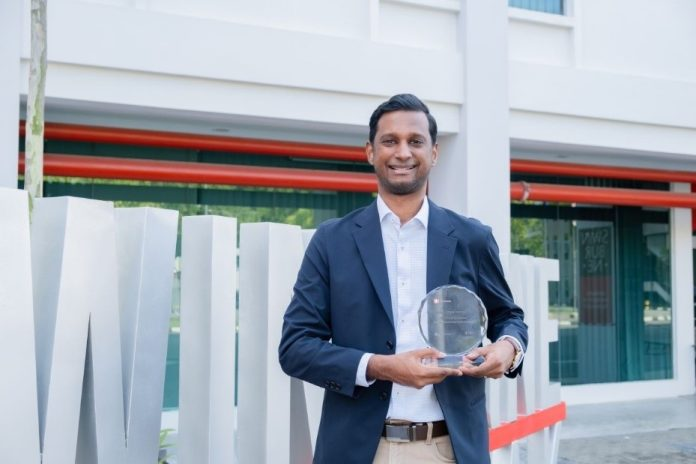
THE Intergovernmental Panel on Climate Change (IPCC) issued a red flag in a recent report that there will be a serious impact if we reach another 1.5 0C in surface temperature.
Commenting on the report Dr Viknesh Andiappan, an energy planning specialist told The Petri Dish that mathematical skills are necessary to tackle climate change-related issues. Viknesh has developed mathematical models for energy planning and optimising decarbonisation efforts. Moving forward, climate security and energy security goes hand-in hand. He foresees climate change can be addressed while achieving energy security with a mix of clean technologies such as wind power, nuclear. green hydrogen electric vehicle and carbon capture.
“Mathematics modelling aids in optimising our decisions in the energy sector,” said Viknesh who is an Associate Professor at the Swinburne University of Technology Sarawak Campus.
“As stated in the 12th Malaysia plan, Malaysia shares a common goal with other developed countries to achieve net zero increase in surface temperature by 2050.”
“Now that we have this overarching target, we need a structured strategy to deploy future energy systems that help cut and mitigate emissions. This is where mathematical models can offer significant insights,” said Viknesh.
He said that we should rethink energy initiatives and visualise new ways to reduce carbon emissions. Identifying modern renewable energy sources that are less carbon-intensive is crucial.
“For instance, mobilising biomass and hydrogen energy on a larger scale could slash huge carbon emissions. Biomass energy is cleaner renewable energy compared to non-renewable fossil fuel energy.”
“On the other hand, hydrogen is a carbon-free energy source and can be used across different industries. Most of the hydrogen produced today is grey hydrogen derived from natural gas and from fossil fuels.”
“Hence, the petrochemical industry is currently one of the largest consumers and producers of hydrogen. However, grey hydrogen produces carbon dioxide emissions as a by-product. In-depth studies are ongoing to determine the best ways to remove these carbon dioxide emissions.”
He said once the carbon dioxide is removed, the grey hydrogen will be considered blue hydrogen instead. Blue hydrogen is garnering attention currently because the carbon dioxide produced does not escape into the environment.
Viknesh is currently working on energy planning research that will assist the Sarawak state in becoming a hydrogen economy leader in Malaysia. The state is venturing into hydrogen-powered fuel electric vehicles, which generate electricity through electrochemical reactions.
He said many countries are facing challenges in finding cost-effective ways to deploy low-carbon technologies to meet the targets. Singapore, Japan, and Korea are countries that are far ahead in energy planning. Japan is importing biomass as a fuel source to reduce carbon dioxide emissions.
According to him, saving the environment comes with a cost, and mathematical models are useful tools to aid decision-making and measure the economic feasibility,” says the researcher.
Touching on methane emissions, he said Malaysia has more room to work on methane capturing. A comprehensive analysis is required to understand the economic feasibility and implementation.
Apart from working on energy planning, Viknesh also works vastly in biomass utilisation from the palm oil industry.
“There is no one-step solution to the climate crisis and it is not possible to achieve net zero by focusing solely on one energy source. Instead, we need a combination of solutions, and this is where mathematical models can help us arrive at those solutions,” he added.
Article originally published in: https://thepetridish.my/2022/12/21/using-mathematical-models-to-achieve-energy-security/